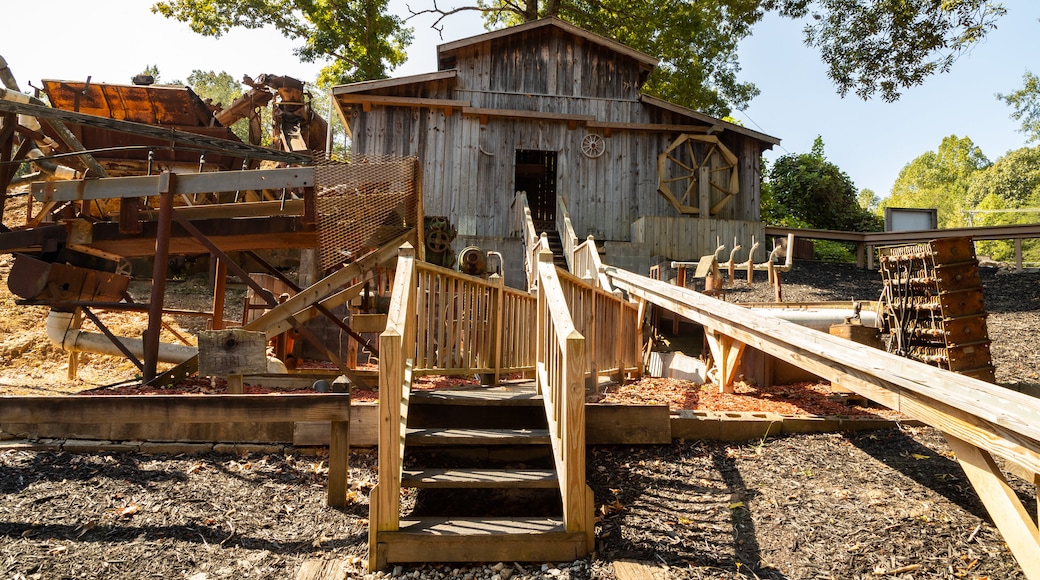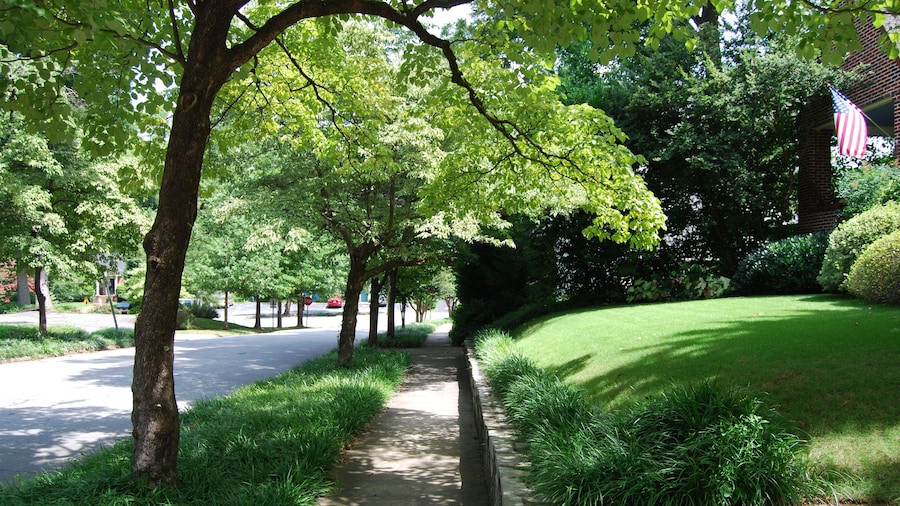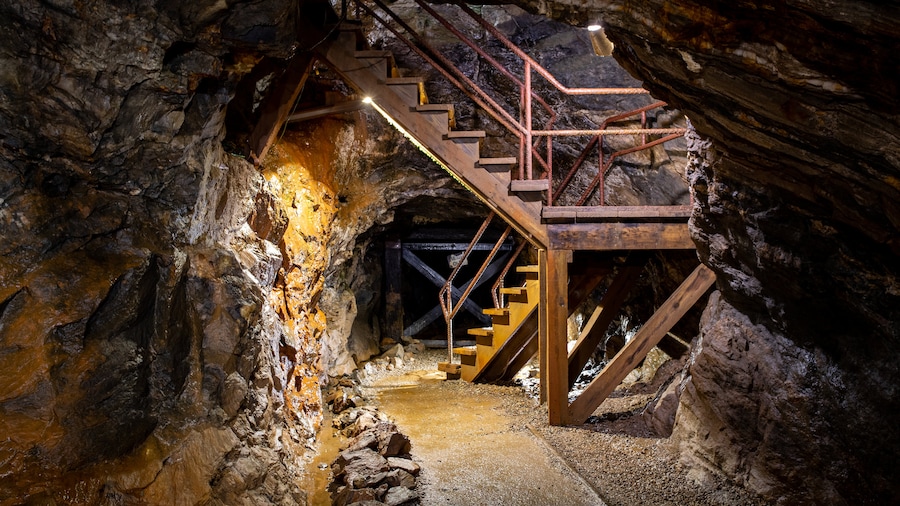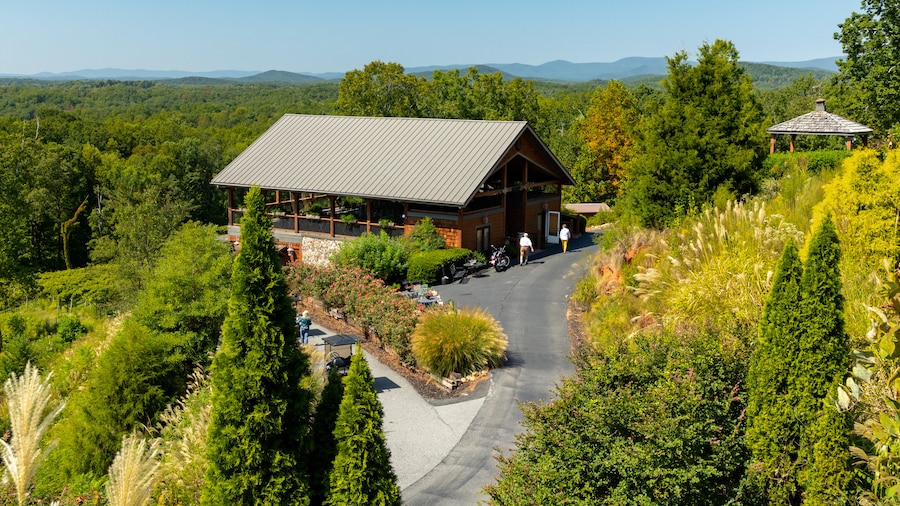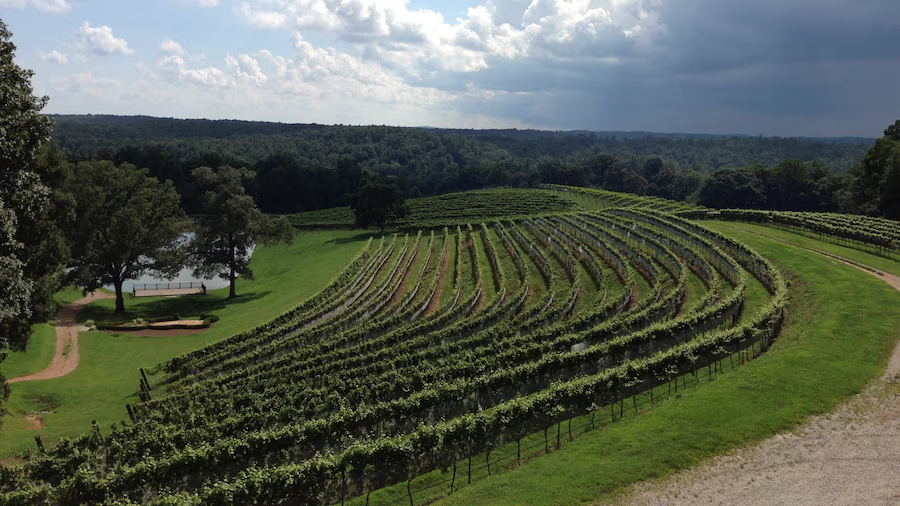Sift for gold and learn gold panning techniques during a visit to Crisson Gold Mine, an open-pit gold mine in Georgia's mountains.
Gold was first discovered here in 1847, and mining operations continue to the present day. The open-pit contains 22 gold-bearing veins, some of which produce up to 1/4 an ounce (7 grams) of gold per ton of rock.
Learn how to pan for gold then search for the precious metal in the panning area. Instructors provide expert tuition and are on hand to answer any questions you may have. A pan of gold dirt and a 2-gallon (7.5-liter) bucket of gemstones are included with the basic admission price. Among the gemstones you may find are sapphires, emeralds and rubies. Visitors are also given a free gem identification chart. Consider using the mine's professional gem cutting service and have your finds set into jewelry.
Try and strike it rich by purchasing additional gold ore by the pan, bucket, wheelbarrow or tractor scoop. Experienced panners may want to use trommels, which are user-friendly machines that speed up the gold panning process.
Visit the on-site museum to view antique gold mining equipment such as shaker tables and sluice boxes. See the stamp mill in action, a rock crusher that's more than 130 years old. It is still used to crush quartz rock to get at the gold contained within. Gold discovered in this machine contributed to the covering of the Georgia State Capitol Dome.
Pay a supplementary fee to go on a wagon ride through the woods to see the mine's old farming equipment and animals such as pheasants, goats and rabbits. The ride also gets close to a gold mining tunnel and the open-pit gold mine. Tours of the mining area are not permitted because it is still in operation.
Crisson Gold Mine is located approximately 3 miles (5 kilometers) north of Dahlonega and is open daily except for Thanksgiving Day and Christmas Day.
